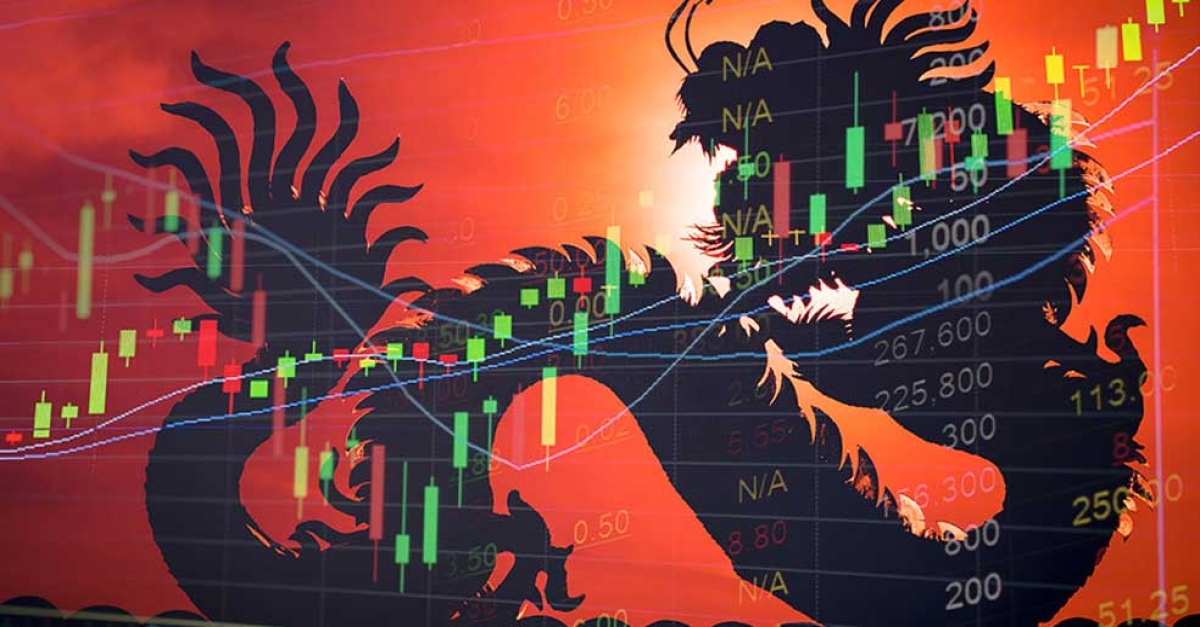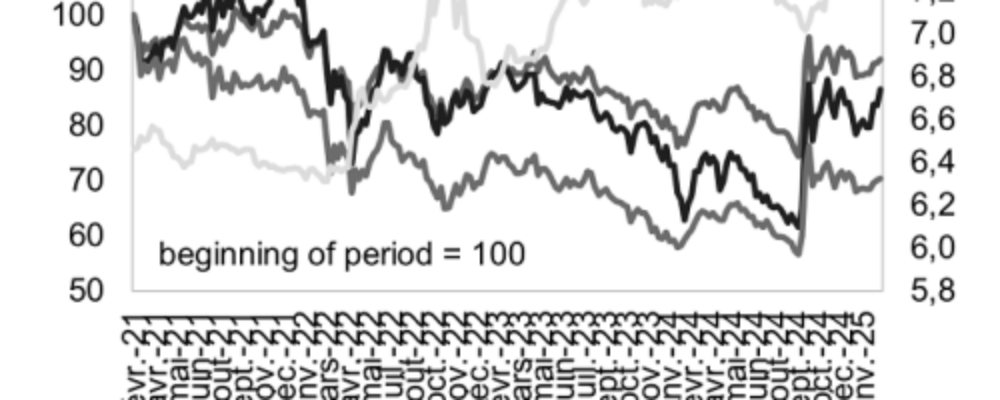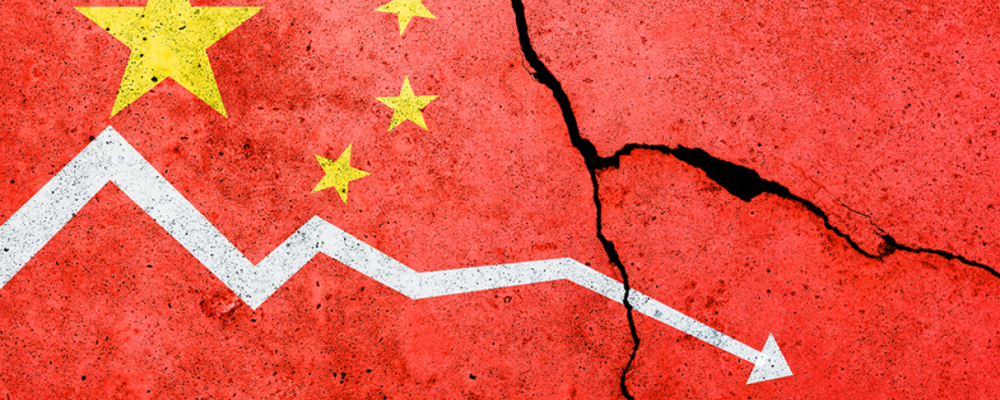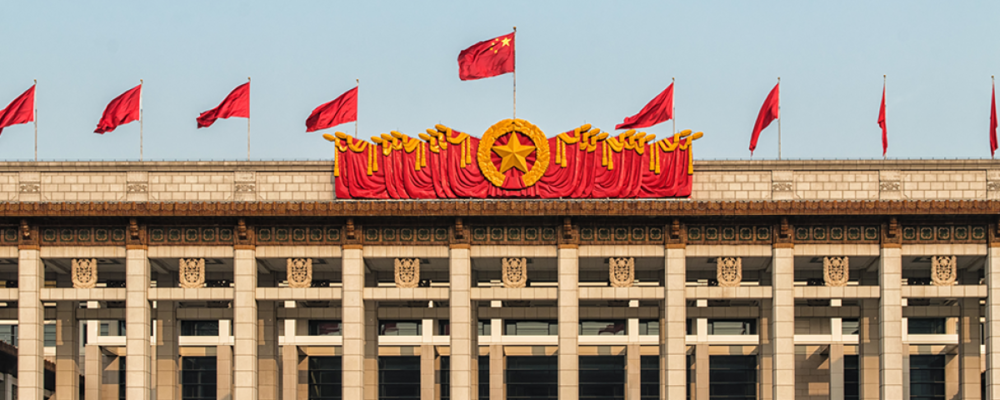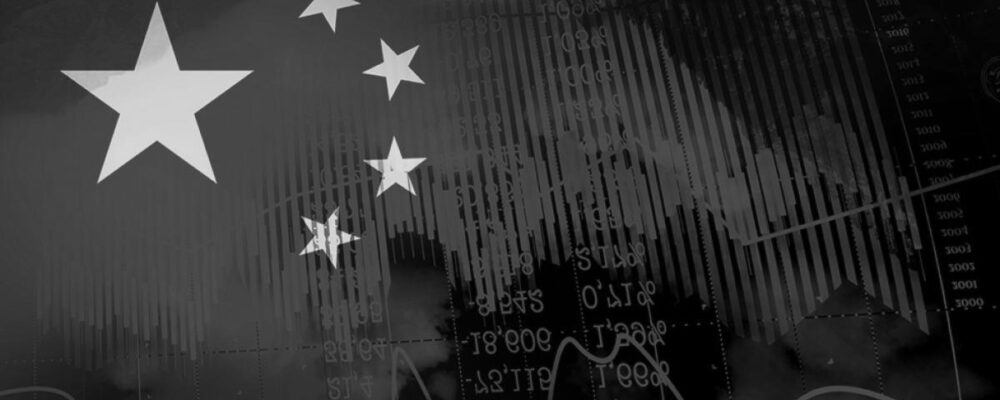It was as though the country was hitting back after Fitch Ratings downgraded its sovereign rating from “stable” to “negative” as a result of concerns over its medium-term growth outlook, the impact of the real estate crisis and the sustainability of its public finances. Moody’s came to the same conclusion last December. Standard & Poor’s is the only agency to have confirmed China’s outlook as stable this year. Responding to Fitch’s announcement, the Chinese Ministry of Finance said the agency had failed to take into account the positive effect of fiscal policy on growth. The release of the Q1 growth figure could have proved it right.
Yet this quarterly growth announcement failed to assuage concerns over the Chinese economy. The discrepancy between the persistent difficulties facing various sectors – reflected in activity indicators – and the consolidated growth number makes it hard to discern the true state of the economy.
Persistent deflation
After ticking up slightly in February thanks to activity linked to the Chinese New Year, notably in services, year-on-year inflation once again eased in March (to 0.1%), reflecting persistent weakness in domestic demand. Retail sales grew a mere 3.1%.
This poor performance is partly explained by technical and seasonal factors: a strong base effect due to the fact that retail sales grew 10.6% in March 2023, buoyed by the reopening of the Chinese economy, and a later Chinese New Year than in 2023 as a result of this year being a leap year.
However, even taking these technical adjustments into account, a breakdown of retail sales by category points to the structural weakness of demand, particularly for goods. Services continue to benefit from the resumption of tourism, which has finally exceeded pre-pandemic levels. On the other hand, the effects of the ongoing price war in the automotive sector are beginning to be felt: car sales were up 6% in March by volume but down 3.7% by value. This means price falls have not been offset by a significant increase in volumes, which means some manufacturers could quickly find themselves in trouble if prices fail to stabilise.
The non-stop fall in the real estate market
Indicators linked to the real estate market – investment, housing starts, projects delivered and sales volumes – continued to deteriorate in March. Existing home prices continued to decline in 69 of China’s top 70 cities. These indicators have been declining since the beginning of 2022 despite various support measures put in place by the authorities (interest rate cuts, lending facilities and the easing of conditions on property ownership).
The impact of the real estate crisis is also making itself felt in heavy industries related to the construction sector, such as cement and crude steel. Overall, industrial production also slowed in March (up 4.5% year on year, compared with 7% in January/February). This is explained not only by sluggish domestic demand but also by the slowdown in exports (down 7.5% year on year), particularly in traditional manufacturing sectors of the Chinese economy (phones and capital goods). The industrial capacity utilisation rate has fallen to its lowest level since 2016.
The slowdown in external demand is happening against a backdrop of growing trade tensions between China and Western countries. During a trip to Pennsylvania, an industrial region that could play a key role in the US election this November, Joe Biden said he wanted to triple import tariffs on Chinese steel and aluminium and launch an investigation into China’s unfair practices in the shipbuilding, shipping and logistics sectors.
This announcement echoed worries expressed by the steel industry in Latin America, and particularly Brazil, which is also calling for tariffs on Chinese imports.
Meanwhile, Europe is investigating Chinese manufacturers of wind turbines and electric vehicles, which it suspects of benefiting from large government subsidies that distort competition.
Talk of Chinese overcapacity has intensified in recent weeks. During a trip to China, US Treasury Secretary Janet Yellen said Chinese overproduction risked causing global economic dislocation. Meanwhile, unveiling its new growth forecasts at its Spring Meetings, the IMF warned that China’s economic recovery could run out of steam as a result of sluggish domestic demand and the real estate crisis, which could fuel overcapacity in manufacturing and thus exacerbate trade tensions.
What’s behind the Q1 growth figure of 5.3%?
Against this backdrop, how do we explain China’s strong growth? If China’s figures are to be believed, they could be the result of higher investment in industries related to new technologies and infrastructure – a trend that confirms the authorities’ priorities and their unstinting support for the supply side of the economy.
Even as he patted himself on the back for this performance, China’s Finance Minister said achieving the target 2024 growth of “around 5%” would require further efforts. The Politburo – the governing body of the Communist Party of China – could announce new economic support measures when it meets at the end of April, such as lowering the mandatory reserve requirement ratio for banks, accelerating the issuance of government bonds and injecting fresh liquidity into the economy. One thing is certain: markets remain cautious on China’s outlook and it is unlikely they would react well to monetary or fiscal tightening. Despite the Q1 numbers, the consensus is still that Chinese growth will undershoot the 5% target for the year.
“Crédit Agricole Group, sometimes called La banque verte due to its historical ties to farming, is a French international banking group and the world’s largest cooperative financial institution. It is France’s second-largest bank, after BNP Paribas, as well as the third largest in Europe and tenth largest in the world.”
Please visit the firm link to site


